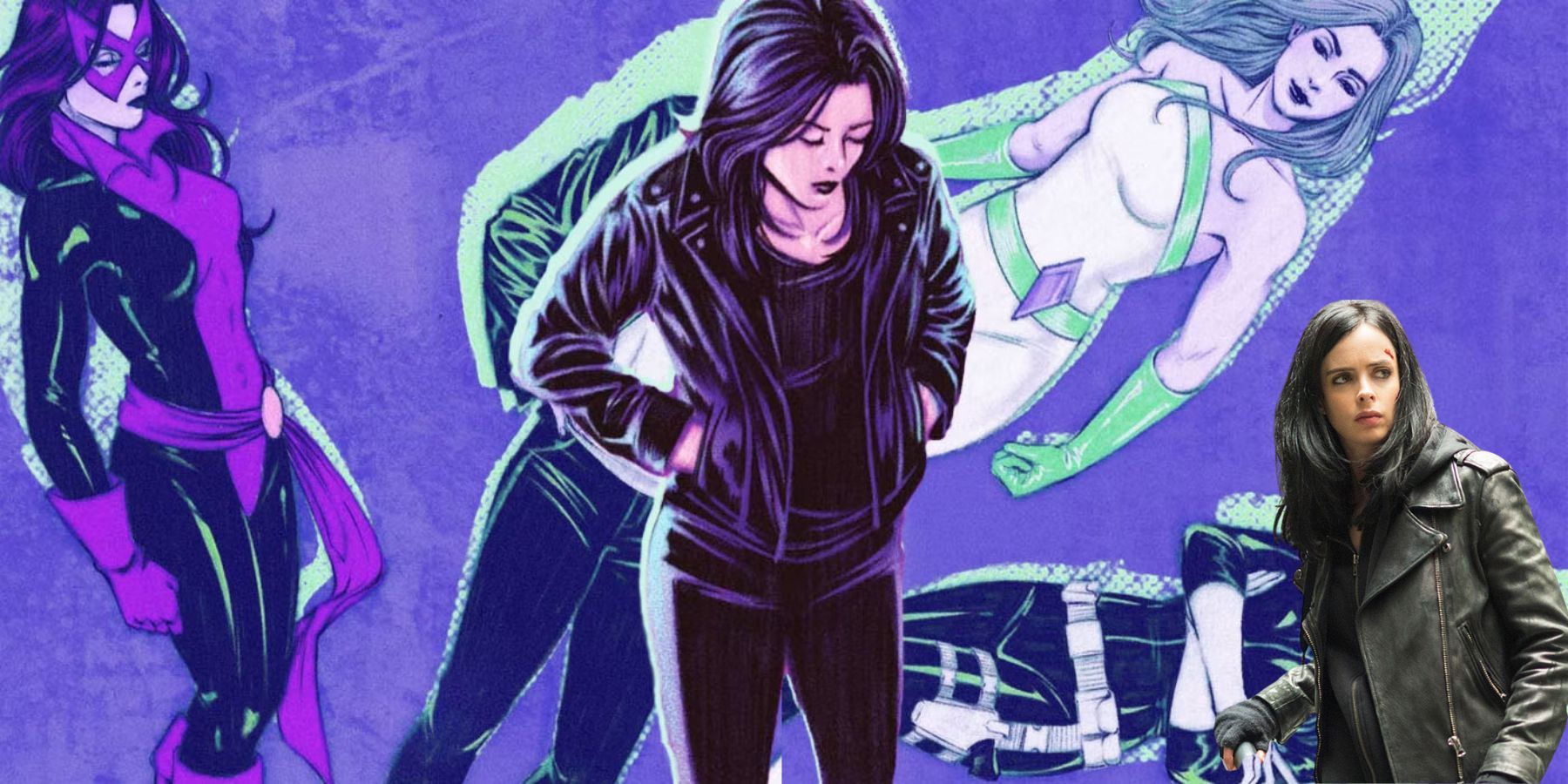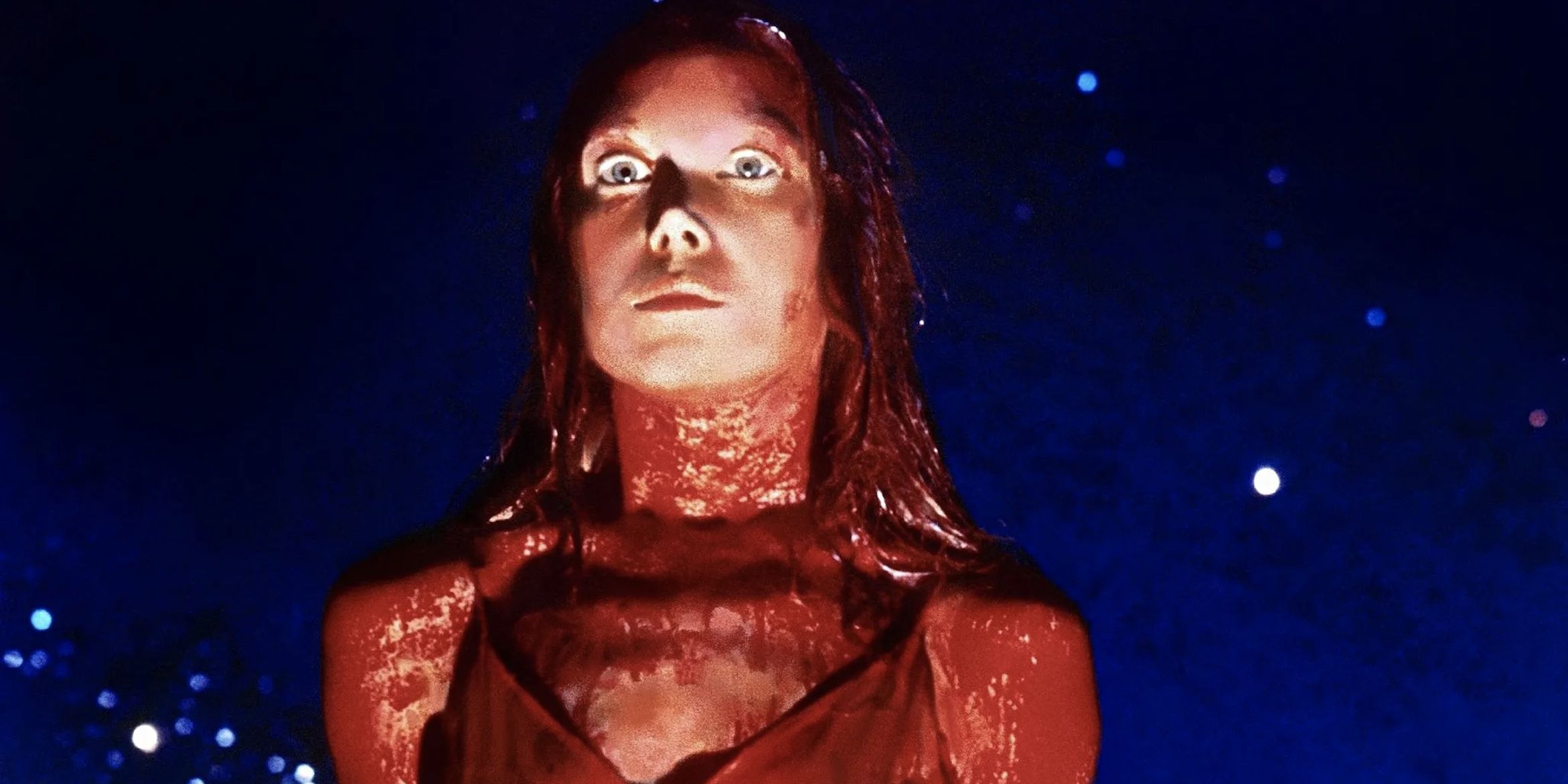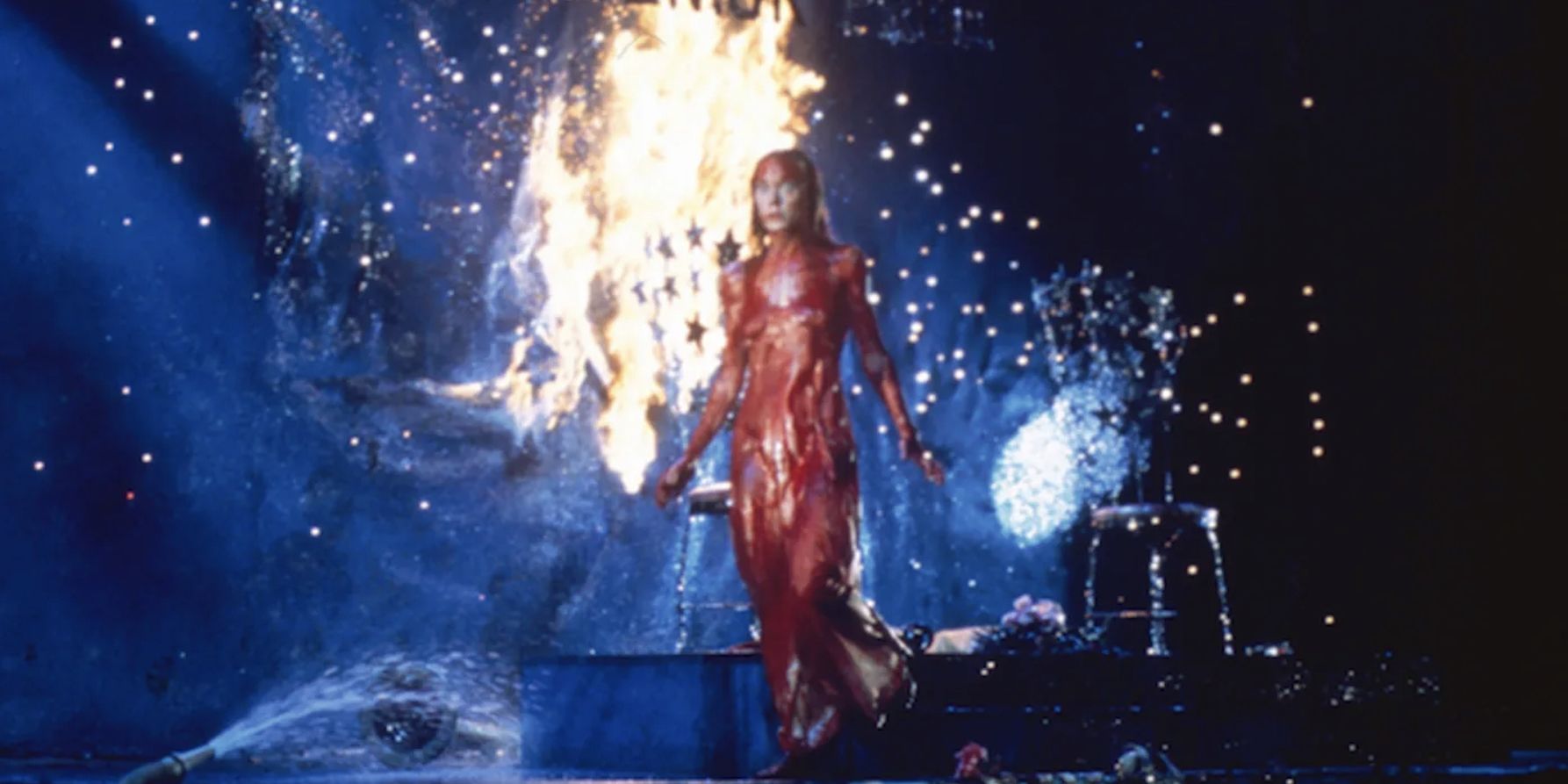Horror movies have some of the best and worst tropes of any genre of movie, but they are always very unique to the genre and can be very entertaining. Some of the best tropes include the haunted house, the evil doll, and the abandoned hospital. And some of the worst would be the jump scare (unless done well), conveniently inconvenient scenarios (like a weapon that’s just out of reach when the character is being choked, or a car that won’t start), and falling female protagonists. The final girl trope is often seen in horror movies, sometimes with a twist, though depending on the scenario, can either be seen as a good thing or a bad thing.
Ever since the 1970s, the final girl trope has been used to entertain audiences. Some think this particular horror movie trope is a way to empower female characters, making them appear stronger than every other character—like survival of the fittest. Others think the trope has misogynistic undertones and shows how women are only worthy of being saved if they have not participated in premarital relations. But usually, this character is a girl whom the audience can root for. She is usually someone who is kind, never bullying any of the other characters, and abstains from any sexual relations. The final girl not participating in casual relations is such a defining factor of this trope that it also created another trope—sex equals death.
When the villain starts attacking all the mean or unintelligent other characters, the audience doesn’t care and sometimes even likes that an annoying character was killed off. But the final girl is usually the character the audience is meant to like, and they want to see her succeed. And she usually does, emerging stronger than ever, though with maybe a few scars. Before the final girl trope, women in horror movies were doomed to die unless saved by a man. This is why the final girl trope is usually a more positive cliché than movies like Psycho, where the female protagonist is killed almost immediately. Horror movies have a history of violence against women and sometimes glorifies it in a sexual way, take Evil Dead for example. So, the final girl is a small step towards a healthier view of female characters.
In horror movies, the final girl will usually escape death and live to tell the tale. In Carrie, this also happens, but what makes this movie so unique is that the audience never saw the ending coming. The final girl is Sue—the girl who allowed Carrie to go to prom with her own boyfriend so she could have a good night out. But Carrie’s cruel and evil classmates play a prank on her that involves dumping a bucket of pig blood over her head. Carrie retaliates by locking everyone inside the gymnasium with her telekinetic powers and starting a fire and burning them all alive with her mind. She goes home, and is stabbed by her extremely religious mother whom she then kills by crucifying her with kitchen knives. Carrie destroys her home and is taken with it, presumably to hell.
Sue is left with the emotional guilt of what happened to Carrie. In a dream, she imagines herself going to the burnt down remains of Carrie’s home. A for sale sign reads: Carrie White burns in hell. When she goes to lay down some flowers, Carrie’s bloody arm shoots out of the ground and grabs Sue, and then she wakes up screaming. What makes this different than other films with the same trope is that Sue was the final girl, but she will forever be haunted by her survivor’s guilt, which some may say is a worse character fate than death. Sue is also not the typical final girl, as she has a boyfriend and even participated in some of the taunting of Carrie in the beginning of the film. So, in the film’s final scene, the audience is really not expecting Sue to have a run-in with Carrie, as she has not displayed any other traits of being the final girl, except for suddenly being nice to Carrie.
There are many horror films coming out recently that are starting to break away from the idea that a final girl needs to be fearful, traumatically scarred, and crying, though those traits do seem to be present still in others. The recent effort by horror filmmakers to give more credibility and respect to female characters, even if they embrace their sexuality, is leaps and bounds ahead of where horror filmmakers’ mindsets were in the past. Take this appalling and dehumanizing quote by Alfred Hitchcock for example, “Blondes make the best victims. They’re like virgin snow that shows up the bloody footprints,” suggesting that his female characters were no more than props.
Carrie showed audiences that the final girl was still able to live despite embracing her sexuality, but she isn’t innocent either. Sue doesn’t get a free pass just for being nice to Carrie, and she is punished just like the rest. The emotional stress Sue will endlessly endure is her punishment for being able to recognize the way Carrie was being treated was wrong, and still not stand up for her. Though Sue has typical final girl qualities, like being emotional and scared, she has other traits that make the jump scare ending a surprise.






